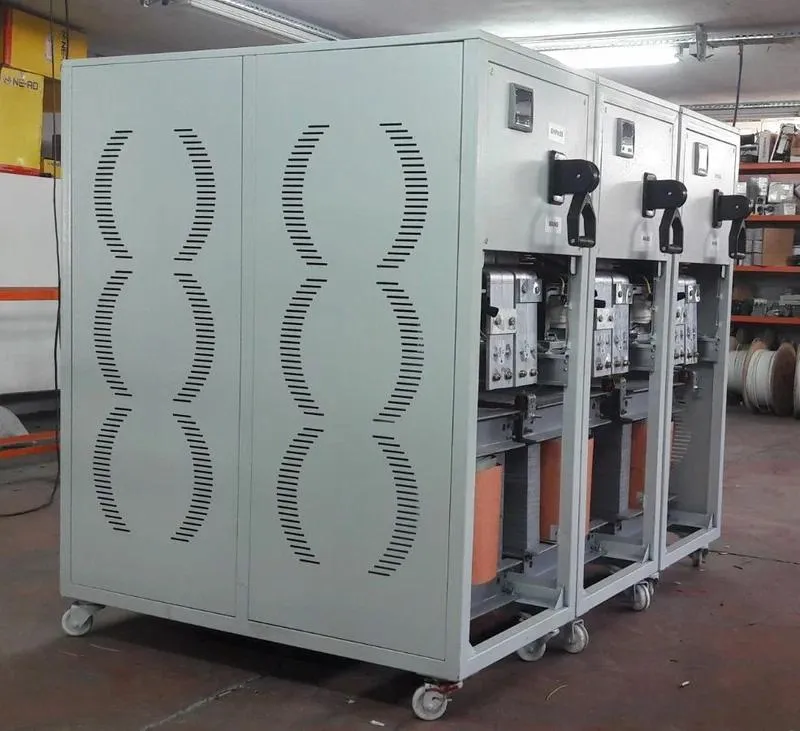Voltage stabilizers have various types, each designed to handle voltage fluctuations in a specific way. Servo stabilizers offer more accurate voltage regulation by using a servo motor and control circuit, making them ideal for sensitive equipment that demands stable power. Static stabilizers, which rely entirely on electronic cards without any moving parts, provide faster response times and require less maintenance, making them suitable for continuous or high-speed operations. Both devices’ smart technology and compatibility with modern appliances make them a reliable choice for homes and businesses that rely on advanced electronic devices.
Applications of servo Voltage Stabilizers
Servo voltage stabilizers play a vital role in places where consistent power quality is essential. These stabilizers are commonly found in industrial setups to protect equipment such as industrial machines, textile units, medical devices and printing systems, etc. from voltage fluctuations that could lead to costly breakdowns. In medical facilities, they are crucial for ensuring the precise operation of advanced diagnostic tools such as MRI and CT scanners, where even minor voltage instability can affect performance. Commercial spaces, including offices and data centers, rely on them to maintain the smooth functioning of servers, networking gear, and sensitive computer systems. Even high-end homes equipped with modern electronics benefit from servo stabilizers, as they guard against sudden voltage changes that could otherwise harm expensive appliances and entertainment systems.
Components of Servo Voltage Stabilizers
A servo voltage stabilizer consists of several key components that work in coordination to deliver a stable output voltage such as servo motors, variable autotransformers, booster transformers, and microcontrollers. Servo motor drives adjustments by rotating the shaft of a variable transformer based on voltage requirements. This transformer, often referred to as the auto transformer, plays a crucial role in varying the voltage level. The booster transformer then steps the voltage up or down as needed to match the desired output. A control circuit or microcontroller continuously monitors incoming voltage and sends precise commands to the servo motor for real-time corrections. Supporting components like carbon brushes ensure smooth electrical contact, while protective elements safeguard the system from overloads, short circuits, and phase imbalances. Together, these parts ensure reliable and accurate voltage regulation across various applications.
Benefits/advantages of servo
Servo voltage stabilizers bring a range of benefits that make them a reliable solution for environments where power stability is critical. One of their standout features is high-precision voltage control, typically maintaining accuracy within ±1%, which is essential for protecting sensitive devices. They are also designed to handle a broad spectrum of input voltage variations, making them dependable even in areas that tend to severe power fluctuations. These stabilizers incorporate advanced control systems that not only enhance performance but also extend their operational life. By ensuring consistent power supply, they help prevent equipment damage, reduce unexpected downtime, and lower long-term maintenance and energy expenses, making them a smart investment for both commercial and residential setups.

